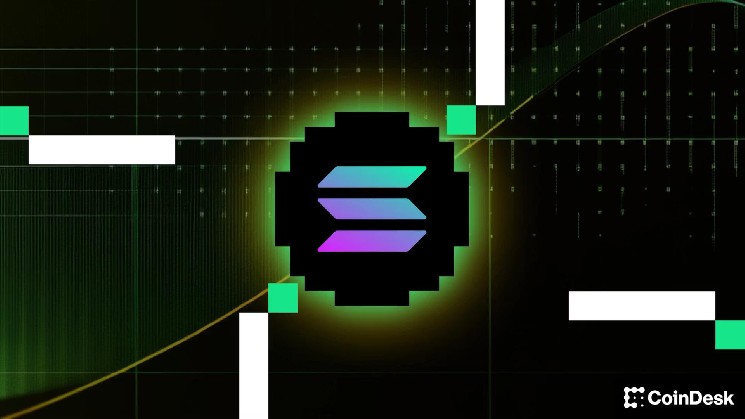Solana’s upcoming Alpenglow upgrade could be a turning point for the network’s staking economics. CoinDesk spoke with Michael Repetny, CEO of Marinade Labs, the company behind Solana’s liquid staking protocol Marinade, to discuss how this update changes the economics of running validators on Solana and aims to significantly lower the barrier to entry.
As the Solana ecosystem prepares for an upgrade at the end of this year or early 2026, Repetny shares his thoughts on how this transition will increase validator participation and improve decentralization even as the demand for more advanced hardware looms.
This interview has been edited for brevity and clarity.
CoinDesk: Talk about the state of Solana staking – what do you think are the most pressing issues in this space right now?
Michael Repetny: So when we started Marinade, Solana had 700 validators, 11 of whom were large enough to potentially take down the network.
Then, in the first few years, we launched Marinade and the number of validators grew to 2,000, so things looked better. Currently, there are less than 1000 validators active again on Solana.
I think there are other signals (about the health of Solana staking) as well. Another way to look at it is by looking at stake concentration, Solana will stop working if a third of the stake is shut down.
It currently takes about 20 of the biggest offenders to do this. Or you currently need two countries and two data centers. They’re like looking at it in a different way. So it’s not ideal.
We think it’s better to see hundreds of bad validators than thousands of people just running potatoes.
And for ETFs and institutional investors, I think the risk of centralization is becoming greater.
At Marinade, we seek to ensure validators have viable options for staking in a responsible manner.
Solana is coming with a major upgrade called Alpenglow. How will it impact the staking ecosystem?
We have expectations and that should impact the economics of staking and validators. There is a proposed change that would only reduce voting fees for validators (validators incur voting fees when voting for SOL processing on the blockchain). This is a very big problem. Because right now, if you want to run a validator, you have to pay about $5,000 a month just to get started.
Of that $5,000, about $4,000 will be spent on voting fees alone. As you can see, currently 80% of the cost of launching a validator is voting fees. Alpenglow aims to significantly reduce voting fees. This is very exciting and should make it easier to start your own validator as costs will come down.
Will there be any changes to Solana validator compensation?
One way to think about it is to reduce the cost of running validators. Alpenglow is actually intended to increase bandwidth and reduce latency.
We hope to see more saturated blocks by packing blocks better. This should also improve the economics for validators by packing blocks.
Another benefit is that increasing bandwidth and reducing latency reduces the time taken for arbitrage and malicious maximum extractable value (MEV). This means that less time spent manipulating the order of transactions means less harmful and malicious MEV, which is great for users.
Are there any trade-offs between validators and Alpenglow?
Maybe the end result is higher hardware costs. As more transactions are received, the requirements for end validators may become higher to ensure that they are keeping up with the network. Perhaps the increased requirements for end validators could lead to trade-offs. I don’t know anything else. There will be problems, but we’ll have to see when we get there.
How does Alpenglow fit into Marinade’s mission?
This makes it easier to launch more validators. The threshold for breaking even is much lower.
So Alpenglow is coming at the end of the year or early next year, but will it really be a big change or just an upgrade? And where will Solana go after that?
This is one of the things Solana needs to sort out to stay competitive with the likes of Hyperliquid and decentralized exchanges.
Solana is working on fixing the protocol with Alpenglow, fixing the infrastructure with new projects like DoubleZero, fixing the software client, and optimizing Firedancer. All of that is hopefully all coming together now.
A six-month period may not be enough to show results, but once published, the hope is that it will enable use cases not currently available in Solana.
Hopefully, economic activity will pick up, which will lead to increased revenue, and that pie will grow.
Read more: 98% approve historic ‘Alpenglow’ upgrade as Solana prepares for major overhaul


